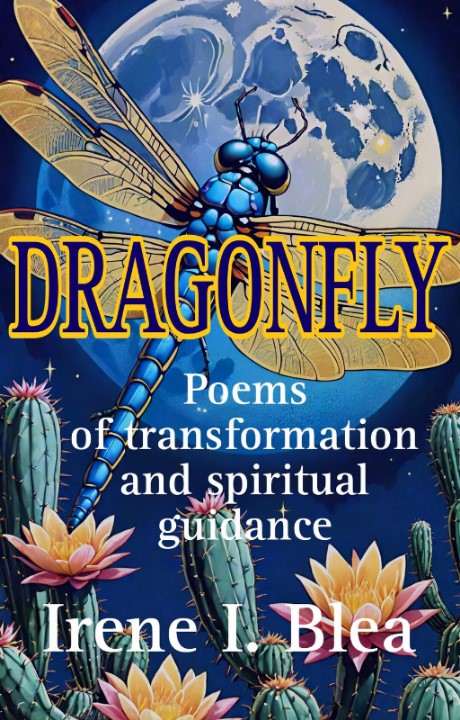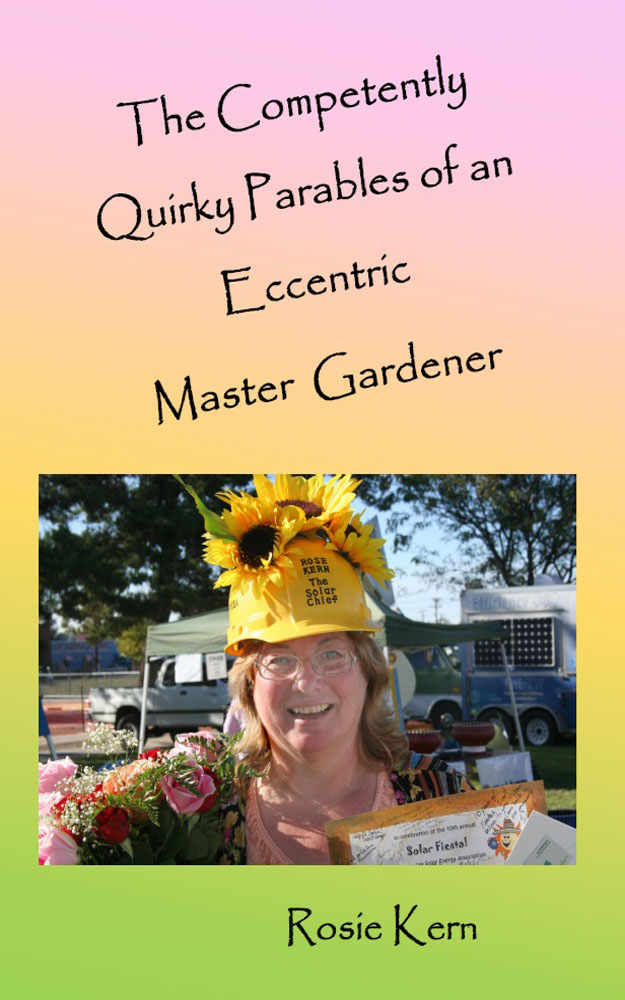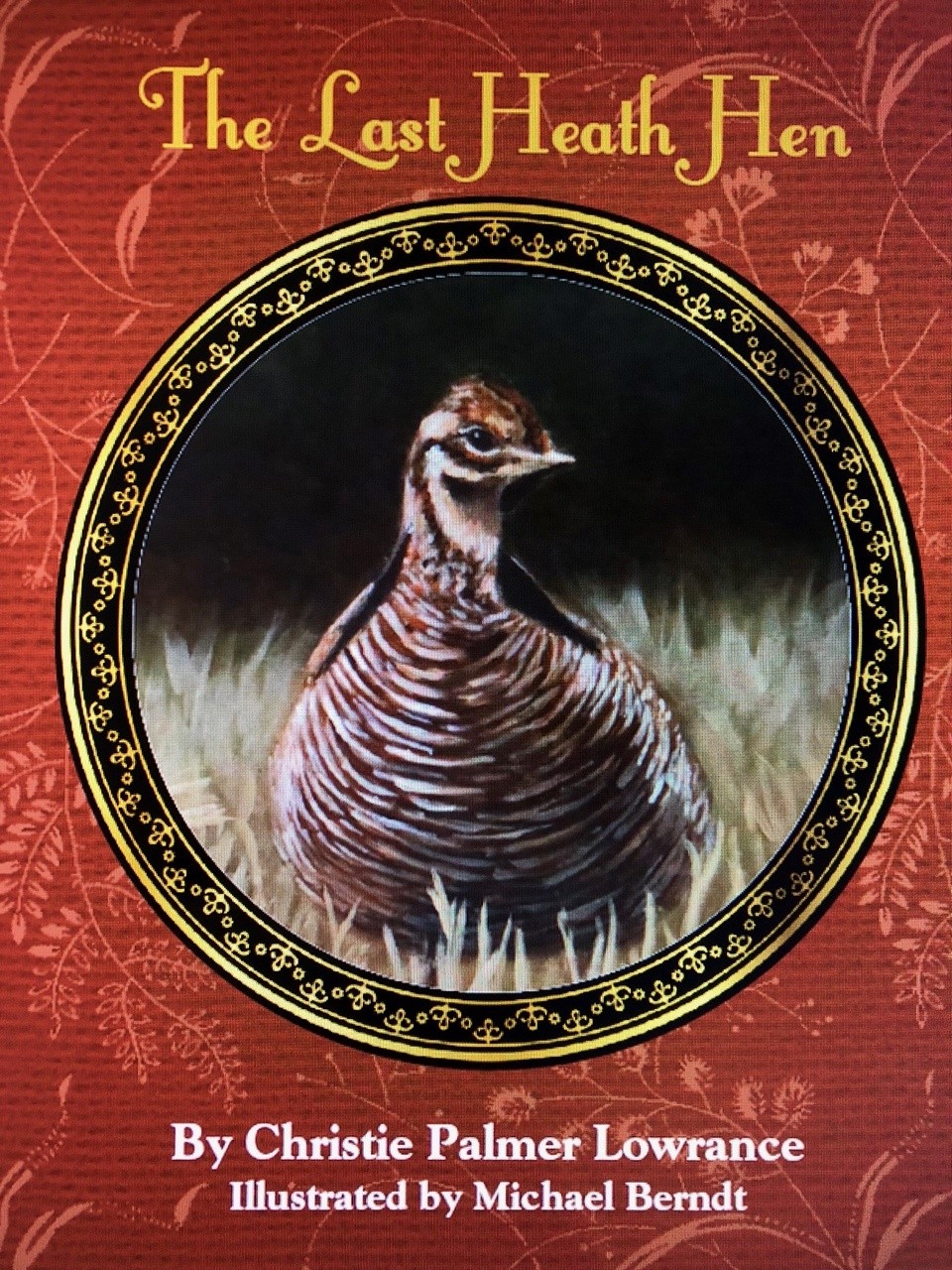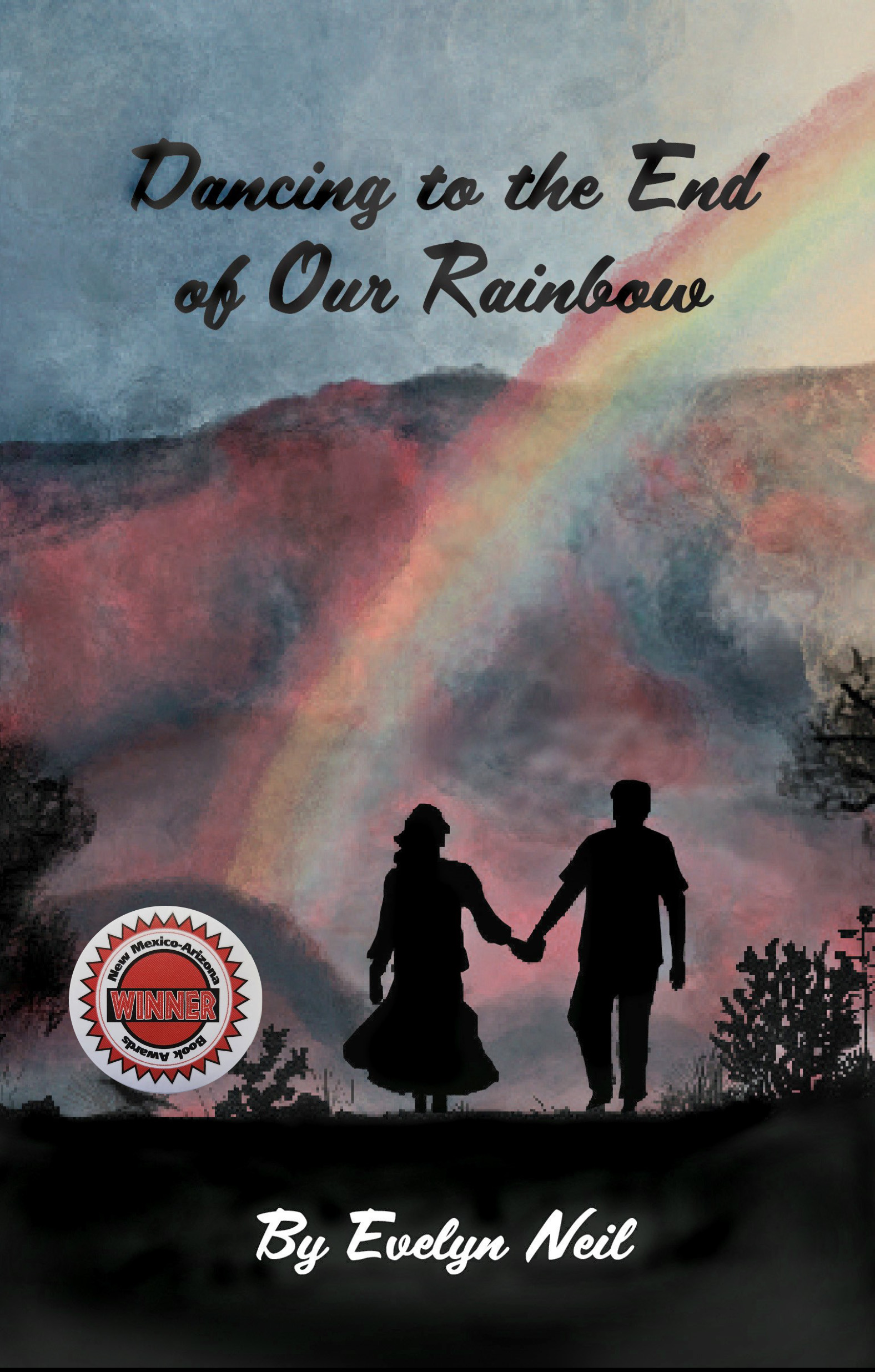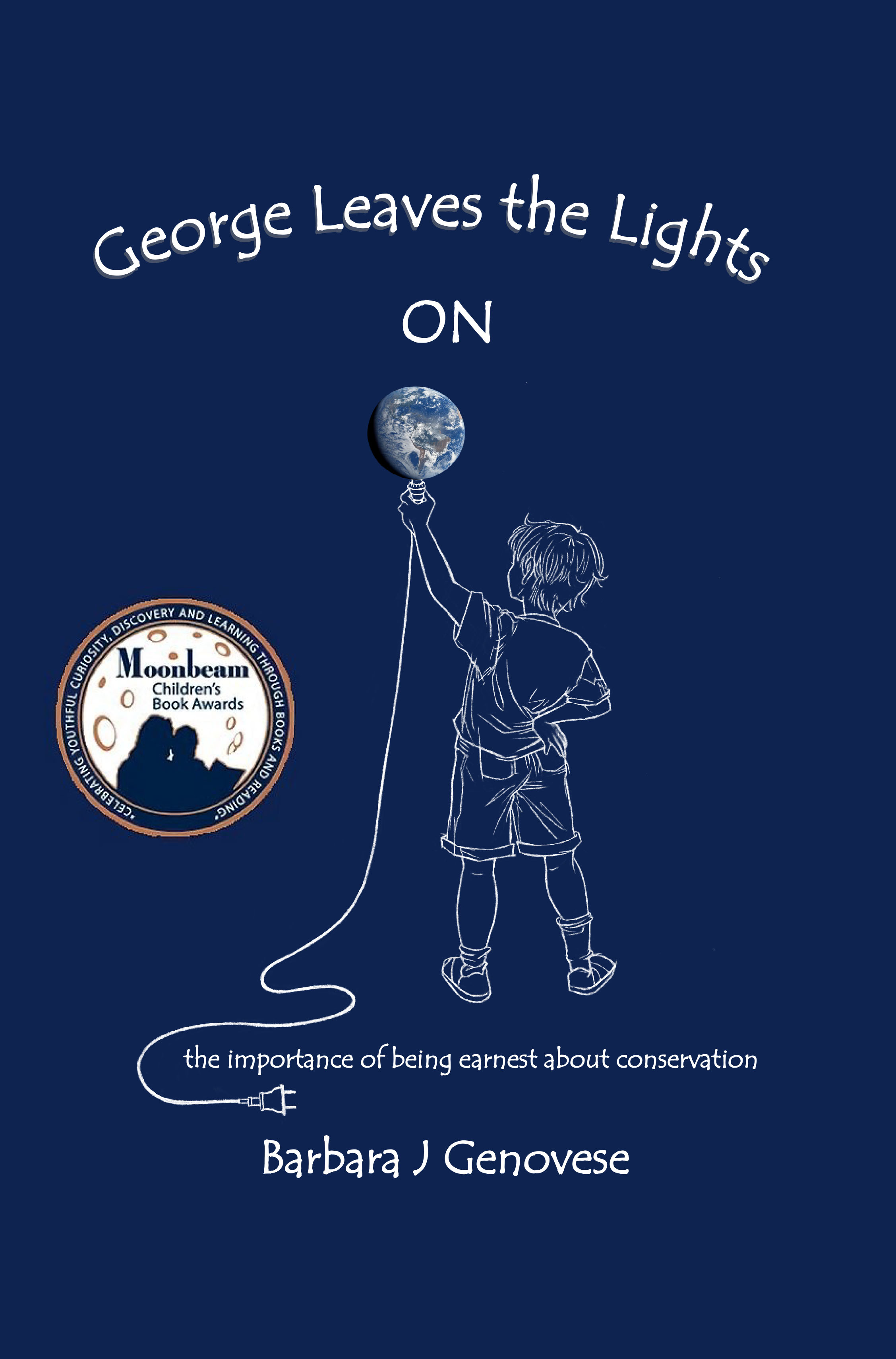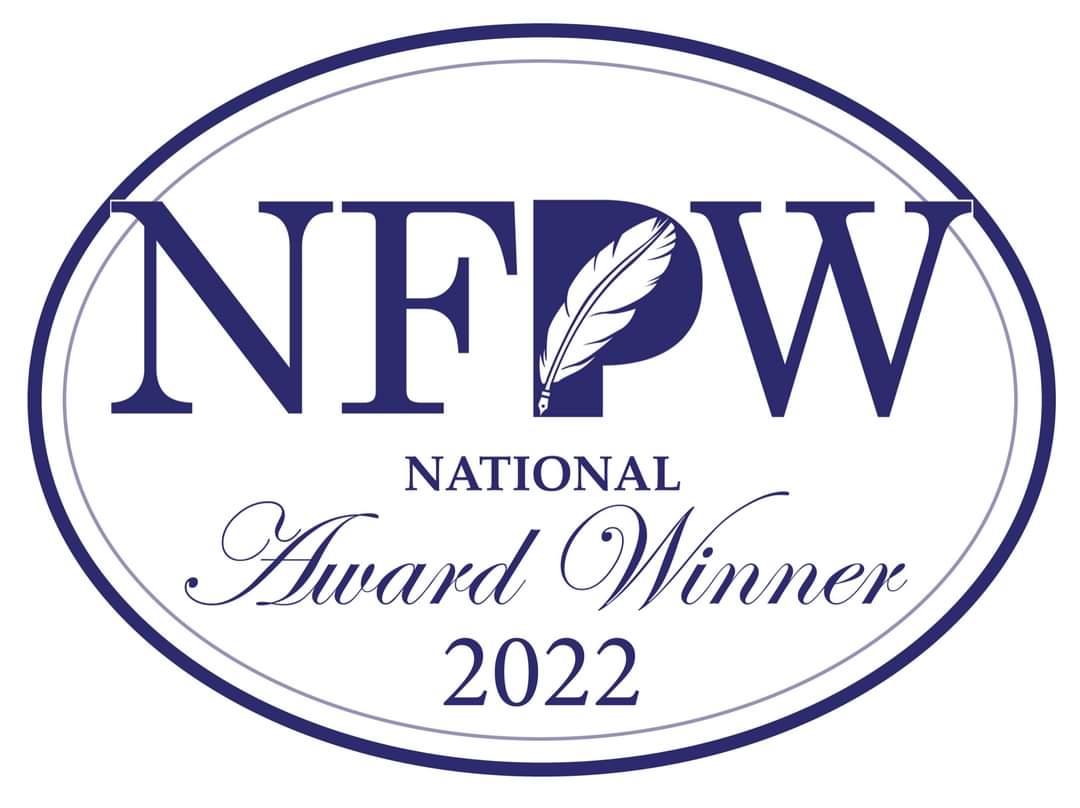Preparing Yourself to Publish
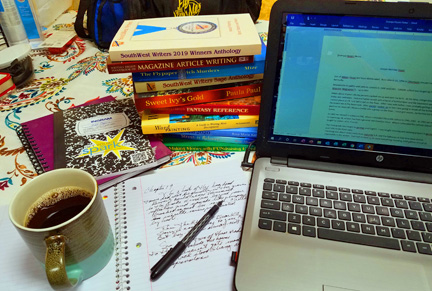
Your book is done and you really want to get it published. Because it takes a long time to submit it to a traditional publisher, and wait for them to decide if they want to publish it or not, you have decided to self publish. RMK can help!
There are a number of steps and decisions which need to be made prior to publication via either Ingram Spark or KDP Amazon or any other service you with to use. Here is a checklist of items to consider.
* * * * *
Manuscript
Have a FINISHED manuscript. Before you go to publish the manuscript should be completely done – the content should be complete and the editing/proofreading finished. Normally this is done in MSWord. *NOTE: If you are using KDP.Amazon, or Ingram Spark, you will need to convert the manuscript to .pdf in order to upload. E-books must be uploaded in MSWord Docx or .rtf.
The smallest paperback book possible is 28 pages – this will not have a spine. To have a spine the book must be more than 80 pages.
Hardback books require at least 78 pages to be printed. To have a spine they should be 120 pages.
Standard size books are between 50,000 and 100,000 words – though many are shorter (chapbooks) or longer.
Although the author will have a chance to look over and make corrections to a proof copy of the book prior to public release, the manuscript itself sent to or created by RMK publications cannot be added to or changed once initially uploaded.
Size and type
The most popular sizes for paperbooks these days are 6×9, 5.5×8.5, 5×8, and 8×10. Amazon and Ingram have other options as well, but using one of the standard sizes they recommend means printing them is less expensive. The manuscript can be written/typed onto a standard 8×10 sheet of paper, but prior to uploading it to the printer/marketing company’s site it will need to be formatted to fit the final book size and style. This includes additions of page number, headers, footers, table of contents, and any introductory or ending materials the author chooses to include.
Children’s books are usually larger and frequently square. The typeface is larger and they have a lot of colorful artwork.
In general, hardbacks are more expensive than paperbacks. Color interiors are much more expensive than black and white.
Pictures and Book Cover
The final size of a book cover depends on the number of pages in the book and whether it will be a paperback or a hardback. RMK can work with you to insert photographs or artwork into your manuscript, and to create an attractive cover.
eBooks
The fastest growing segment of the publishing industry are eBooks. These are basically enhanced documents meant to only be read electronically. The formatting of an eBook is different from printed book formatting. There are no page numbers, instead the chapter headers are listed in the Table of Contents as electronic links. Pictures and photos can be used, but how the pages are formatted is different then the formatting needed to create a printed version.
Categories and Keywords
Both KDP Amazon and Ingram Spark will do some marketing of the book through their websites and emails. Customers purchasing books use keywords and categories to find what they want. Generally write down a description of your book, and write a “hook” paragraph to intrigue the readers.
Copyrights
Only submit a book for publication that you own the rights to. Formal copyrighting by the Library of Congress is fairly simple and costs about $75, but not always necessary. If you wrote it, you own the copyright – and once published you have proof it is yours. Formal copyrighting is done most often by those who publish non-fiction and reference works, or by fiction writers of renown whose work might be plagiarized.
ISBN
An ISBN number identifies a book to booksellers and other marketing avenues. Each country throughout the world designates only one company to generate, sell and regulate the ISBN number. Publishing houses or individuals purchase the unique numbers which are then forever associated with a specific book.
You can choose to purchase an ISBN number through the from RMK, Ingram, or KDP Amazon. KDP and Ingram also offer the option of a free ISBN number- but only if the author agrees to only market their book through those particular companies.
Both Ingram and KDP have options to market the book nationally and internationally. Both of them are not full service traditional publishers, they are printer/marketers.
Account Access
RMK does not act as a filter between your royalties and whichever publishing entity you choose. We will help authors create accounts with Ingram, KDP Amazon, or 48Hr. The author may either do all the uploading and modifications themselves, or authorize RMK to take control of the account until the book is published. Once the project is complete, RMK will relinquish any account access and encourage the author to change passwords.
* * * * *
What RMK Will Publish
RMK supports authors over a very broad spectrum: Fiction, Non-Fiction, Philosophy, Poetry, Self-Help, Children’s, in almost every genre. We do not support books containing excessive violence or pornography. As is customary, we reserve the right to refuse service.
You are the Boss!
RMK publications believes that the author is the final authority. We do not judge content or any other type of editing. If you wish to go with non-standard spellings, punctuation, etc…that is the author’s choice. What we do is take your manuscript and set it into the size and dimensions required for publication.
GO!
You’ve always wanted to see your work published – let us help you make that dream a reality. Contact us via email at rose@rmkpublications.com


